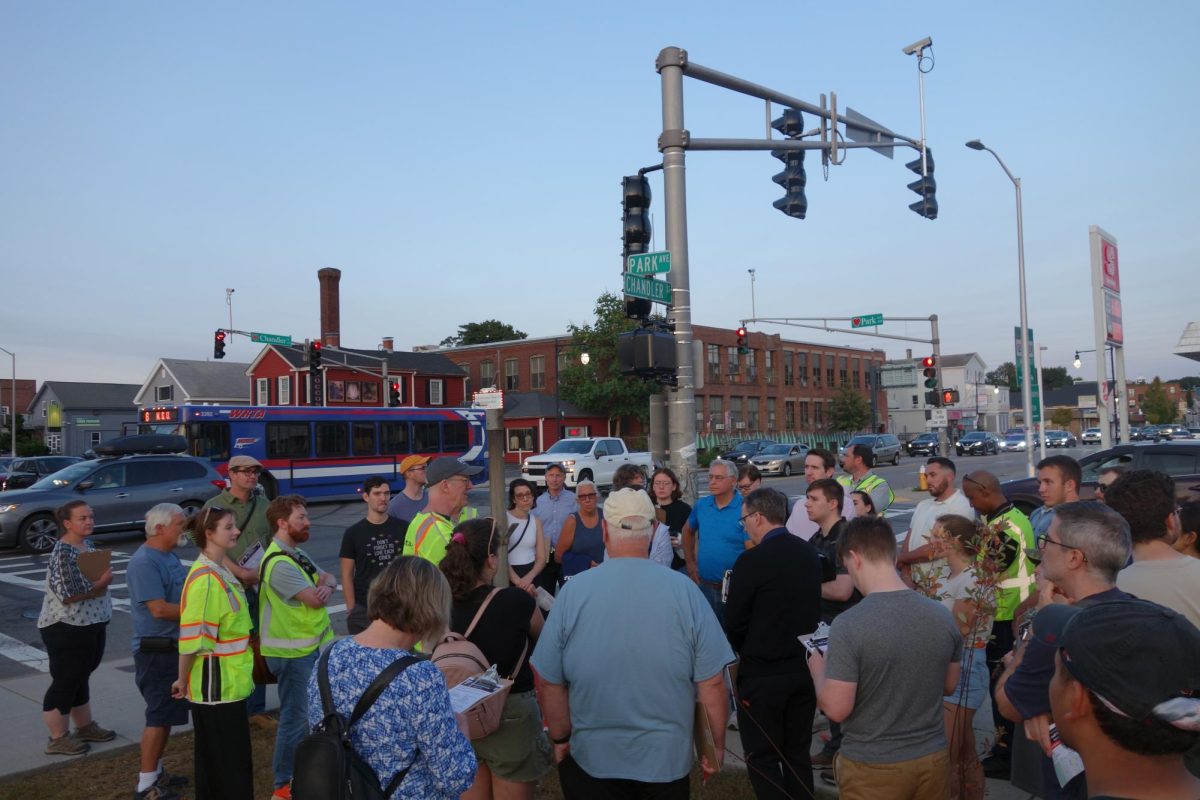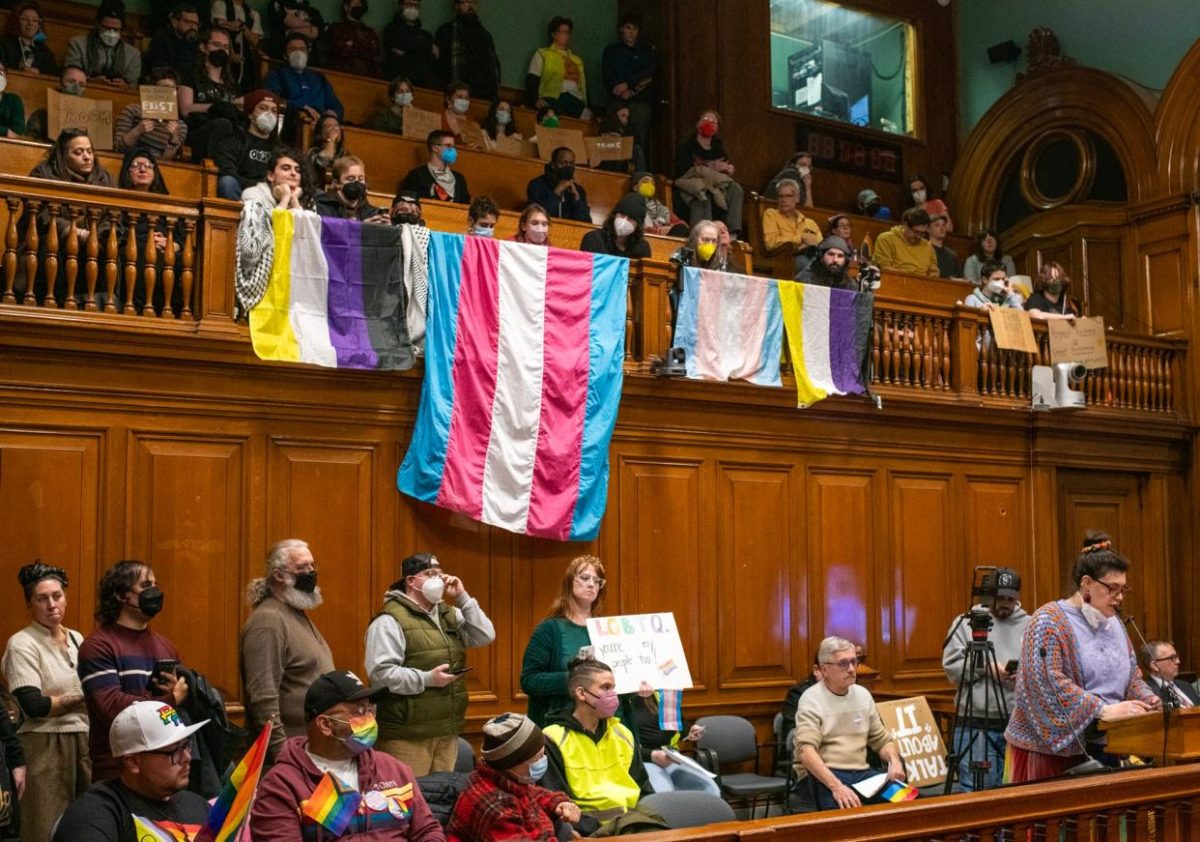Over 40 members of the public participated in a walk audit on Thursday, September 12 at evening time on Park Avenue from the intersections of May Street to Chandler Street. The walk was led by Worcester Department of Transportation and Mobility (DTM) Commissioner Stephen Rolle along with city planner and author Jeff Speck.
The walk audit took place as a part of a series of five total walks on different key roads that Worcester’s Vision Zero planning team found to be most prone to deaths and severe injuries in crashes using data from the Massachusetts Department of Transportation.
“Today we’re doing a walk audit, in which we are taking our lives in our hands and walking along one of the least safe streets for pedestrians in Worcester, to see what we can do to make it less dangerous,” Speck explained.
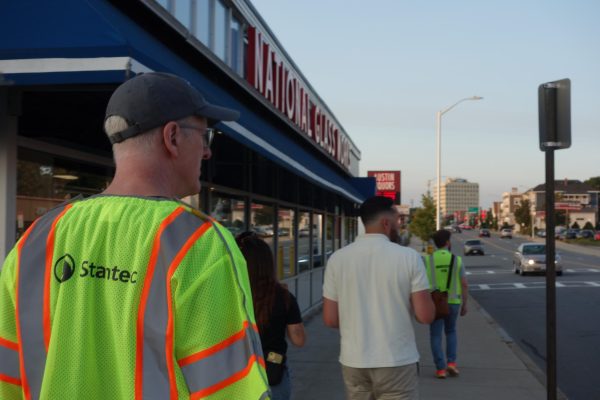
The purpose of a walk audit is to inform planners more objectively on the pedestrian experience using an in-person evaluation of the design of street and sidewalk infrastructure.
Stantec, a global engineering consulting company, and Speck’s own design firm, Speck Dempsey, specialize in urban environments. They are partnering with the DTM to help them complete their Vision Zero plan launched February of this year.
Vision Zero is an international movement with the goal of eliminating pedestrian and cyclist deaths in communities by focusing on street safety using proactive planning, data, and design for city streets, explained Speck.
The Vision Zero Safety Action Plan project is funded by a $200,000 federal grant from Safe Streets for All, a program overseen by the federal Department of Transportation. The completion of the planning and further commitment will make Worcester eligible for more federal funding to implement the project.
Everybody who attended the walk audit was given a clipboard and sheet of paper with checklists under key categories of street and sidewalk infrastructure.
The section of Park Avenue subject to the walk audit had been marked by several people for its dangerous design in the Worcester Vision Zero Survey, a tool the City is using to assess priority areas for the project.
Just two days before the Park Ave walk audit on September 10, City Councilors unanimously approved a proposal to reduce the citywide speed limit from 30 down to 25 mph
The action comes after City Manager Eric Batista and Mayor Joseph Petty declared a Road Safety and Traffic Violence Crisis in an August 1 official statement.
“You can see it here today, just from our walk,” Rolle said. “People are traveling at a high rate of speed. There’s a lot of … evasive maneuvers that you see. A lot of that is tied to the four-lane configuration… It’s loud, it’s noisy, it’s idiotic.”
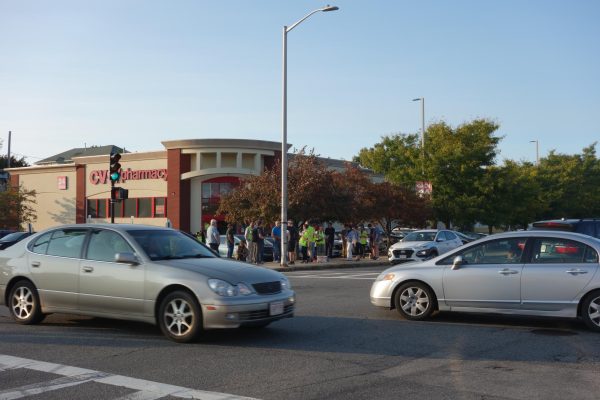
After about 15 minutes of safety briefing and site introduction from Commissioner Rolle and Speck, the group started walking away from the CVS on the corner of May Street and Park Avenue toward Chandler Street on the sidewalk on the west side of Park Ave.
Armed with checklists and professional guidance from Speck, the group of public auditors jotted down notes on sidewalk width, vehicle speed and loudness, streetlights, crosswalks and more.
Ben Rajotte, city employee and member of the public who attended Thursday’s walk audit, lives in the neighborhood and walks to work every day.
“If it was up to me, I would delete all of Park Avenue,” Rajotte said. “Just turn it into an actual park. But being realistic, I think give it a road diet, put bike lanes, and put trees and make it just a more pleasant place to be.”
A road diet is a popular redesign posed for roads with high speeds and high numbers of vehicle accidents.
“I really do think there is potential for the four to three road diet that Jeff talked about, particularly South of Chandler Street,” Commissioner Rolle said. “There wouldn’t be any loss of capacity or throughput… but it would significantly increase the safety… they’re (drivers) more likely to be going the speed limit.”
The Scarlet asked Karin Valentine Goins, who attended the walk audit, about what she hears in her capacity as the leader and co-founder of the local advocacy group Walkbike Worcester.
“There’s a lot of people who would like to ride a bicycle more…but they feel too afraid to,” Valentine Goins said. “They look around at other communities and they say, ‘Why can’t we have that?’”
Will Talbot, Clark alumnus and Assistant Planner for the Central Mass Regional Planning Commission, agreed.
“I just don’t feel safe enough to bike along a street like Park Ave and it’s unfortunate because I love biking,” Talbot said.
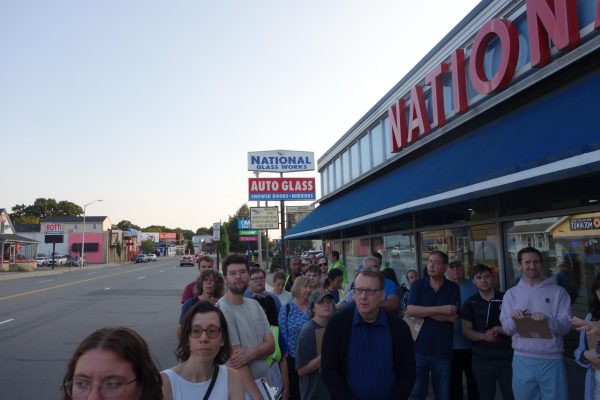
Commissioner Rolle emphasized the importance of the ongoing review process.
“It’s not just a plan that says we need to do A, B, C and D,” Commissioner Rolle said. “It needs to set up a process for how that gets accomplished, how departments work together and coordinate, how budgets get allocated, what policies need to take place.”
As a part of the Safety Action Plan process, the Vision Zero team is looking to establish a system where they can communicate progress of the project and data on their impacts to the public via an online website, said Commissioner Rolle.
Commissioner Rolle said he hopes to see the Worcester Vision Zero Safety Plan project completed by the end of the year.
Everett Beals contributed to this report.

